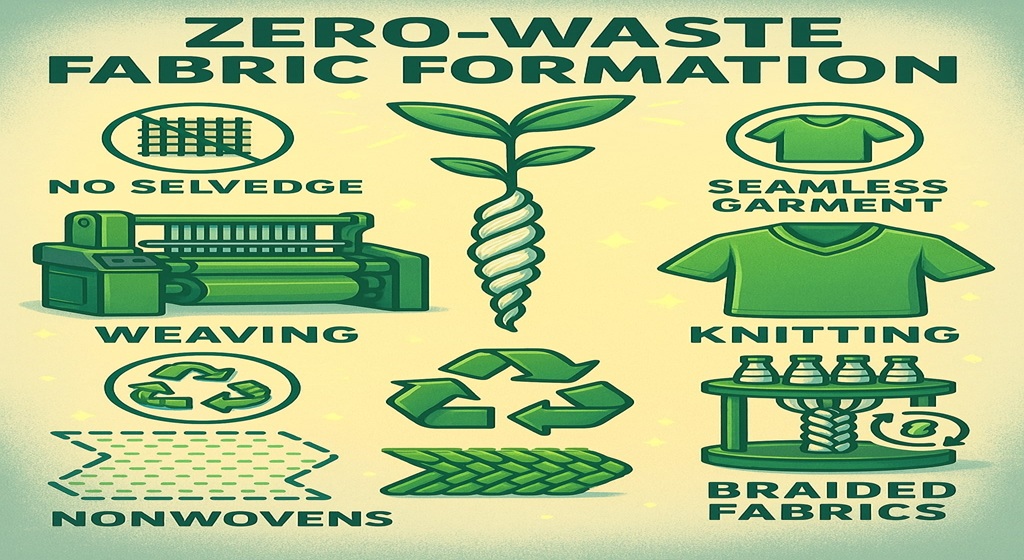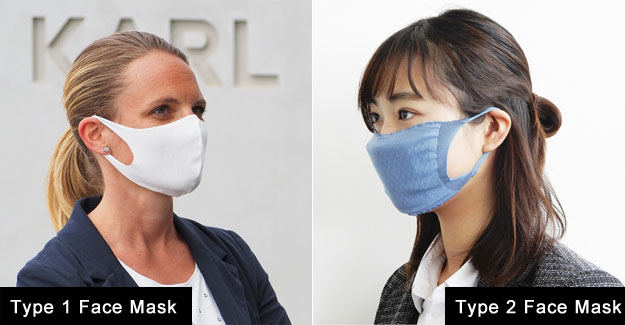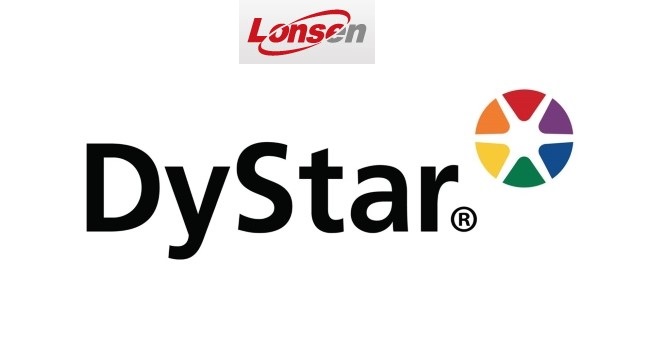
Zero-Waste Fabric Formation Engineering Seamless Efficiency Across Textile Platforms
As sustainability metrics
tighten across global textile markets, the spotlight has shifted to the fabric
formation stage which is one of the most resource-intensive phases in the
textile value chain. Whether woven, knitted, braided, or nonwoven, fabric manufacturing
traditionally contributes significantly to fibre loss, energy drain, and water
contamination. Zero-waste fabric formation is emerging as a solution-driven
frontier, where cutting-edge machinery and digital interventions are
eliminating inefficiencies from loom to roll.
Digitally Controlled Weaving Systems
Conventional shuttle looms
and rapier looms generate selvedge and fly waste, especially during warp
preparation and cut-outs. Zero-waste weaving is now increasingly realized
through air-jet looms integrated with digital warp tension control and
selvedge-less fabric design algorithms, such as those developed by Itema’s
Rapier R9500² Eco system. This machine supports on-loom weft recovery units and
precision servo drives that reduce yarn snags and unplanned stoppages by over
30 %. In parallel, Jacquard weaving software like Staubli’s LX system allows
intricate patterning without post-processing or cutting waste.
Knitting waste is often
overlooked but critical, particularly in cut-and-sew operations. Technologies
such as SANTONI’s SM8-TOP2V circular knitting machine and Shima Seiki’s
WHOLEGARMENT® knitting system have revolutionized zero-waste garment
construction. These machines produce seamless, three-dimensional tubular
fabrics that require no trimming, thereby eliminating post-production textile
scraps. The result is fabric utilization rates upwards of 97 %.
Recycling-Focused Nonwoven and Braided
Systems
Nonwovens, especially in
hygiene and automotive textiles, have faced scrutiny over end-of-life disposal.
Recent advances in spunlace and airlaid technology now integrate inline fibre
filtration and waste reclaiming systems. Andritz’s neXline spunlace eXcelle
platform incorporates fibre loop closure mechanisms and energy-saving
hydroentanglement processes that reduce both material waste and water usage by
25 % compared to traditional lines.
In technical textiles,
braided structures are prone to bobbin-start waste. The HERZOG BRA 800 series have
introduced programmable bobbin launch systems with smart brake modulation,
which curtail yarn loss during braid start-ups. These systems are already in
use in high-spec industrial braids and composite fabrications.
Zero-waste fabric formation
is no longer a theoretical ideal. It is a real, measurable process driven by
machine innovation, AI-backed control systems, and design-for-manufacture
principles. Across sectors, manufacturers adopting these technologies are reducing
waste by up to 40 % at the fabric stage which is such a proof that clean
production is both possible and profitable.
Zero-waste fabric formation is no longer a theoretical ideal. It is a real, measurable process driven by machine innovation, AI-backed control systems, and design-for-manufacture principles. Across sectors, manufacturers adopting these technologies are reducing waste by up to 40 % at the fabric stage which is such a proof that clean production is both possible and profitable.
If you wish to Subscribe to Textile Excellence Print Edition, kindly fill in the below form and we shall get back to you with details.








